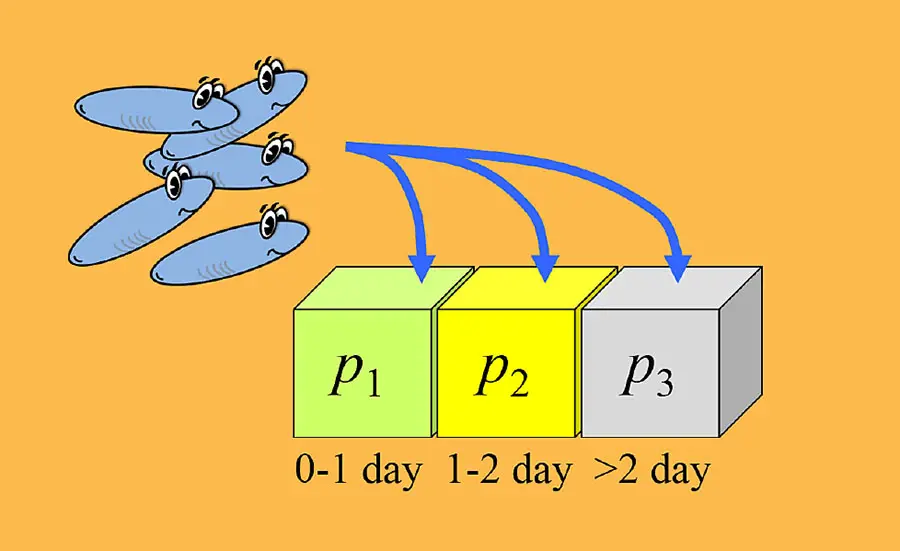
15. May 2020, Topic: Aquatic Ecotoxicology Soil Ecotoxicology Sediment Ecotoxicology Risk Assessment
TKTD-modelling for dummies
How strongly chemicals affect organisms does not only depend only on the chemical concentration, but also on its temporal course. Classical ecotoxicological bioassays are designed in such a way that the chemical concentration is kept constant and the test is stopped after a specified time period. This simplification has made risk assessment and management possible in the last decades. The reality, however, looks different: We know that chemical emissions to surface waters, and hence the concentrations to which fish, insect larvae, crustaceans and plants are exposed, can fluctuate very widely over a time period, particularly so for pesticides used in agriculture. Research has therefore been ongoing for years to ensure that such fluctuating concentrations can be taken into account in risk assessment. The models that have proven particularly useful in this context describe the uptake of the chemical into an organism (toxicokinetics, TK) and its effect to the organism (toxicodynamics, TD). These so-called TKTD models have been very complex and only applicable by experts. Now a milestone has been reached by processing one of the models for the use of practitioners without modelling experience. With the GUTs model, the mortality can be predicted for a given concentration curve of a chemical. There is a full version for Windows and a version for Matlab.
